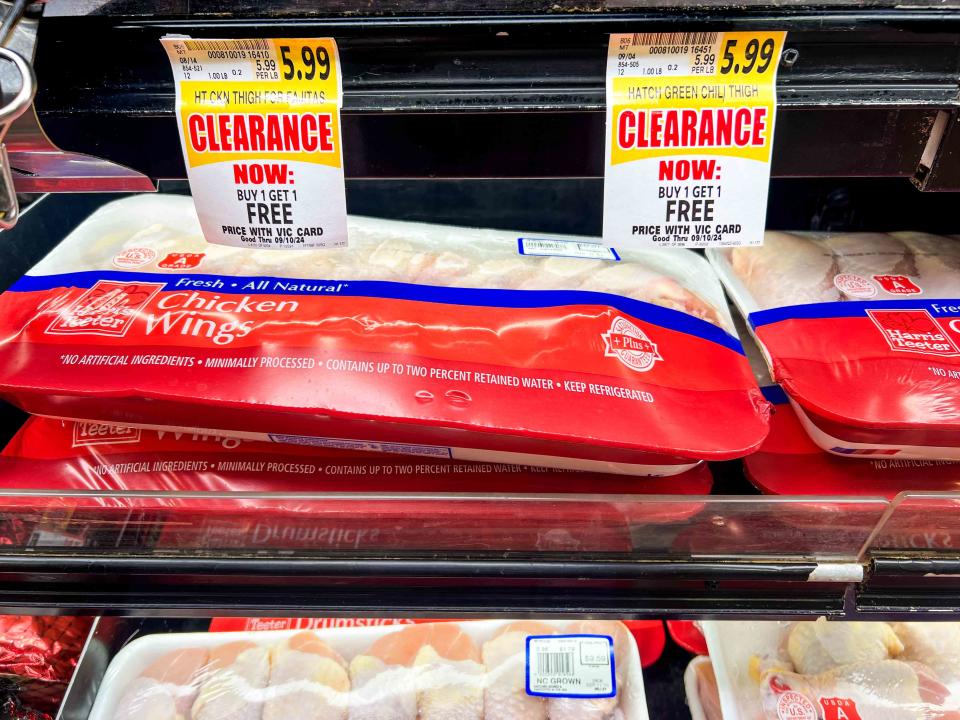Is It Safe To Eat Meat on Clearance?
Great deals on meat can come with some risks.

Simply Recipes / Myo Quinn
With constantly skyrocketing grocery store prices, I try to save where I can. One place for deals is the sales area in the meat department. There, I find things like chicken, steaks, roasts, or ground beef on clearance when they’re close to the best-if-used-by date. The prices are great, but is the meat always safe to eat?
It depends on what the discount meat looks and smells like, according to two experts in meat and microbiology that I asked.
Meat department sales “are often excellent opportunities to get high-quality protein at a reduced price,” says Ryan Cox, PhD, associate professor in the Department of Animal Science at the University of Minnesota.
Don’t be put off automatically by the way the meat looks. “Meat that is near its expiration or use-by date commonly appears darker or discolored due to chemical reactions in the pigment protein, myoglobin,” he explains. “Historically, this discoloration has given the consumer a very visible indication of how long the fresh cut has been on the shelf.”
But some meat is fine with a changed hue. If the meat looks dark red, brown, or gray, those are signs of oxidation, not the growth of microbes. “However, if the surface is iridescent or greenish, this is an indication of excessive bacterial growth.”
Even a green tint can be deceiving, notes microbiologist Jason Tetro, host of the Super Awesome Science Show and author of The Germ Code and The Germ Files. “Meat can give off various colors like green and rainbow sheens,” he says. That’s not always a sign of contamination. “Look for visible biofilms—slime, basically—in order to decide. If you see the slime, don’t buy it.”
The slime on meat indicates a collection of microorganisms on the surface that can make the meat smelly and potentially dangerous to your health. Though discolored meat might not seem too appetizing, “as long as the meat isn’t slimy, you’re probably going to be okay if you cook it soon after you get home,” says Tetro.
If you’re not sure about the colors, sheens, or shininess of the meat, give the package a sniff. That’s a good way to detect off odors, which could indicate spoilage, says Cox.
What To Do With Almost-Expired Meat
If meat is hovering close to its best-by date, it’s a good idea to prepare it as soon as you get it home. When cooking, always bring meat to 160°F to make sure you kill all the microbes, so the meat is safe to eat.
If the meat passes visual inspection and you aren’t ready to eat it right away, you can pop it immediately in the freezer. But freezing it doesn’t necessarily kill the bacteria. “Freezing is always an option, and it will keep the meat safe,” Tetro says. “But it won’t reset the clock, so as soon as it’s thawed, cook it.”
Read the original article on Simply Recipes.


